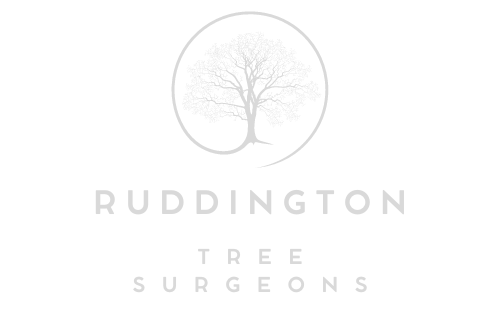Tree Pruning for Fruit Production: Tips for Home Orchardists
Introduction: Growing your fruit trees at home can be a rewarding experience, providing fresh and delicious produce from your garden. Proper tree pruning is essential to ensure a bountiful harvest and healthy fruit trees. In this blog post, Ruddington Tree Surgeons offers valuable tips for home orchardists on pruning fruit trees effectively to maximise fruit production and maintain tree health.
Why Prune Fruit Trees?
Pruning fruit trees serves several important purposes:
- Fruit Quality: Proper pruning helps produce larger, healthier fruit by directing energy to the remaining branches.
- Air Circulation: Pruning opens up the canopy, allowing better air circulation, which reduces the risk of diseases and pests.
- Sunlight Exposure: Thinning the canopy lets more sunlight reach the fruit, promoting ripening and sweeter flavours.
- Structural Strength: Pruning encourages a sturdy and well-balanced tree structure that withstands heavy fruit loads and adverse weather.
When to Prune:
The timing of pruning depends on the type of fruit tree you have:
- Winter Pruning: Most fruit trees, such as apples and pears, are best pruned during late winter or early spring while dormant, before bud break. This allows the tree to allocate energy to healing and new growth once spring arrives.
- Summer Pruning: Some trees, like cherries and peaches, benefit from light pruning to manage growth and shape during the growing season.
Pruning Techniques:
- Remove Dead or Diseased Wood: Begin by cutting away any dead or diseased branches to prevent the spread of illness.
- Thin the Canopy: Overcrowded branches can hinder airflow and sunlight penetration. Selectively remove branches to create spacing between branches.
- Reduce Crowded Growth: Identify branches growing too close together or crossing each other. Remove the weaker of the two to create a stronger structure.
- Heading Back: To encourage new growth and maintain tree height, you can selectively shorten branches by cutting them back to just above a healthy bud or lateral branch.
- Prune for Shape: Consider the desired shape of your tree (open centre, central leader, espalier) and prune accordingly to achieve it.
Tools for the Job:
Invest in high-quality pruning tools like hand pruners, loppers, and a pruning saw. Ensure they are sharp and clean to make clean cuts that minimise stress on the tree.
Conclusion: Pruning fruit trees may seem intimidating, but with the right knowledge and tools, home orcharding can be a rewarding and enjoyable part. Proper pruning enhances fruit production, tree health, and the overall aesthetics of your orchard. Following these tips from Ruddington Tree Surgeons, you can look forward to a fruitful harvest from your backyard orchard.
Call us on: 0115 647 1186
Click here to find out more about Ruddington Tree Surgeons
Click here to complete our contact form and see how we can help with your tree’s needs.

